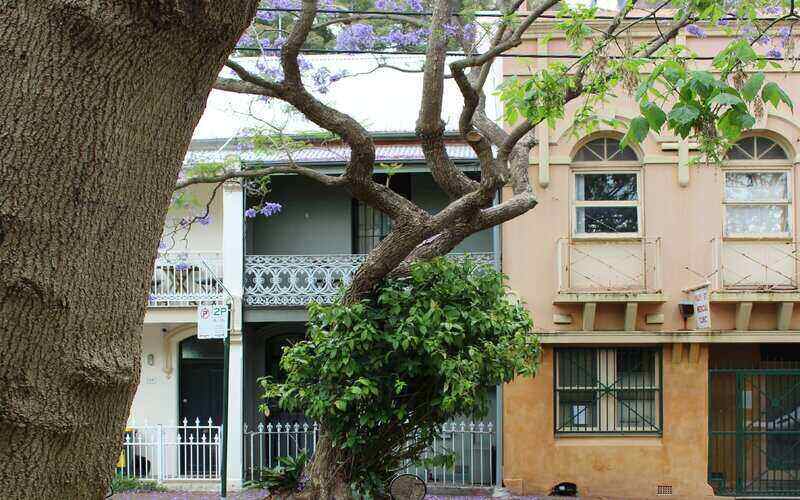Fact Checked
Looking for a low rate SMSF commercial loan? loans.com.au SMSF commercial loans has a competitive rate loan in the market.
- Minimum 30% deposit needed to qualify
- Available for purchase or refinance of an eligible commercial security
- No application, ongoing monthly or annual fees
- Dedicated SMSF loan specialist throughout the loan application
Rates, maximum loan amounts and LVRs may vary based on a number of factors, see relevant commercial SMSF loan brand product webpage for more information. Other costs, terms, conditions, fees and charges may apply. Rates updated July 4, 2025.
This loan from La Trobe Financial is for Australian residents seeking to purchase or refinance existing commercial property for business or investment purposes through a new or established self-managed super fund.
- LVR: ≤75%
- Loan size: $100,000-$5,000,000
- Max term: 30 years
- P&I repayments, or IO up to 5 years
- Allows additional repayments (conditions apply)
- 1.25% application fee
- $0 risk fee
Rates, maximum loan amounts and LVRs may vary based on a number of factors, see relevant commercial SMSF loan brand product webpage for more information. Other costs, terms, conditions, fees and charges may apply. Rates updated July 4, 2025.
Invest in commercial property with this commercial SMSF loan from Liberty, which is also suitable for owner-occupiers.
- LVR: ≤80%
- Loan size: $100,000-$4,000,000
- Option to repay weekly, fortnightly or monthly
- P&I or IO repayment options
- Allows additional repayments (conditions apply)
- Application fee from $795
- Establishment fee from 1%
Rates, maximum loan amounts and LVRs may vary based on a number of factors, see relevant commercial SMSF loan brand product webpage for more information. Other costs, terms, conditions, fees and charges may apply. Rates updated July 4, 2025.
Frequently asked Questions
Yes, provided you satisfy the ATO’s ‘sole purpose’ and ‘at arm’s length' requirements. What this generally means is that you can’t lease to a family member, and you can’t offer the property at a discounted rental price - it must be fair market value. It is also popular for small businesses to lease their own property through their SMSF and pay rent into the fund.
The short answer is yes. If you are looking to finance your investment, you’ll need to make sure your lender allows for SMSF commercial property investment - not all lenders cater towards this type of borrowing.


 Denise Raward
Denise Raward














